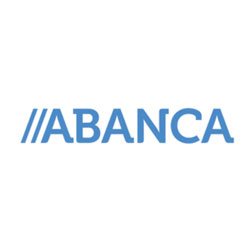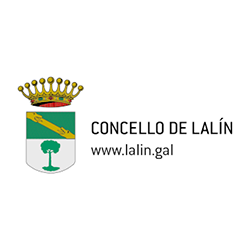Xoán Carlos García Porral and Manuel Vilariño narrated the development of the ""Matanza". The "XXIII Matanza Tradicional", which took place in Barcia, welcomed more than a thousand participants. It was one of the most crowded editions in which the weather accompanied and made that they had approached the parish a non-stop people from the early hours of this frosty morning. The mayor, José Crespo, was very grateful for the total availability that the neighbours of the parish had from the first moment in which it was proposed to them to be hosts of the Slaughter and, above all, he thanked José Manuel Presas López, neighbour who gave the house to be able to carry out the recreation of the "Matanza Tradicional del Cerdo". The same thanks also came from the mayor of the area, Avelino Souto, who also had a recognition for the matachín, Mauro, as well as all the neighbours who worked in the organization, citing the women who made more than 200 trays of snacks (ears, filloas, donuts, flowers, canes, etc.). The event was also attended by a large representation of members of the Corporation, all members of the government, including Carmen Canda, also a native of Barcia, as well as the Regional Minister of Culture and the Director General of Youth, also a native of this parish. The pig, a specimen of 180 kilos in carcass, was transported as traditionally done, in a cart pulled by cows and was taken to the place where it was butchered. After the slaughter, there was a tasting of typical products such as ribs, bacon and chorizo, around 200 kilos. In addition, the neighbourhood provided the typical after-dinner snacks. On the other hand, the celebration of the Slaughter was narrated and commented by the professor and doctor in Social Anthropology, Xoán Carlos García Porral, native of Cotarelo, in the parish of Goiás, who has a publication about it, entitled “La Matanza del Cerdo: cultura y tradición” and by the journalist Manuel Vilariño. He brought to the visitors historiographical, ethnographic, cultural and even anecdotal aspects of this event that is so deeply rooted in our traditions. The participants wore traditional costumes: beret and waistcoat in the case of the men's costumes and toquilla, white shirt, period skirt and aprons in the case of the women's costumes. Finally, this edition also featured a musical performance by the Reflejos orchestra.
THE "MATANZA TRADITIONAL HELD IN BARCIA ATTRACTED MORE THAN A THOUSAND PARTICIPANTS IN ITS XXIII EDITION















